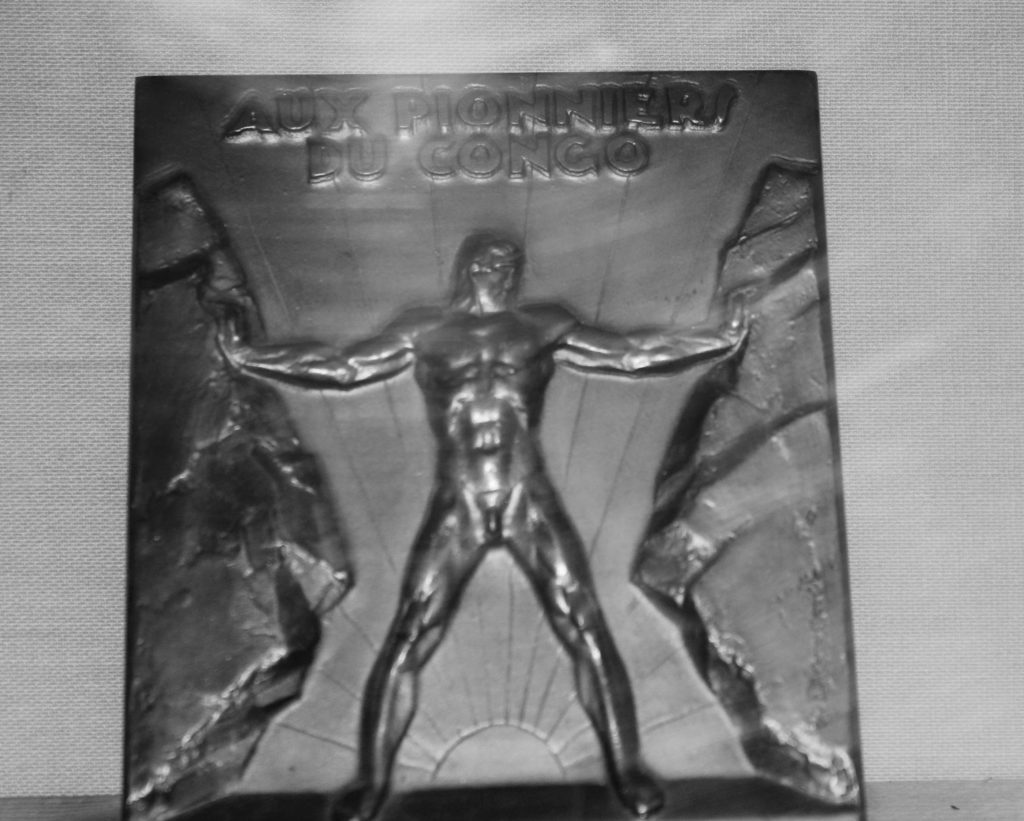The Unknown Beginnings of Fat Man and Little Boy
Last week’s 73rd anniversary of the destruction of Hiroshima and Nagasaki gives an opportunity to shed light on the colonial conditions at work in the making of the atomic bomb.
“We have spent two billion dollars on the greatest scientific gamble in history. And we have won,” United States President Harry Truman announced in 1945. He was referring to the atomic bomb, two exemplars of which were dropped on the Japanese cities of Hiroshima and Nagasaki on the 6th and 9th of August.
These bombs, playfully referred to as Fat Man and Little Boy, killed over 100,000 people, most of whom were civilians. Their origins lead us to the colonial past of the Congo, which played a mostly unknown role in the creation of the atomic bomb.
Uranium from the Congo
Most of the uranium used for building Fat Man and Little Boy was mined in the Congo. The Belgian company providing it was called Union Minière du Haut Katanga (UMHK), and it made use of a system of debt slavery at its mine Shinkolobwe.
As American author and journalist, Tom Zoellner, explains, workers at the Shinkolobwe mine were paid the equivalent of twenty cents per day. They had to pay extremely high taxes and were not permitted to choose their own occupations. Workers were also not informed about the hazards of working and living around the mine.
One descendant of a worker at Shinkolobwe, Sylvie Bambemba Mwela, recounted her grandfather’s poisoning by radiation, who she claims had a piece of brain come out of his mouth. It is the same radiation that would haunt Hiroshima and Nagasaki. In 1946, the US honoured UMHK’s director Edgar Sengier for his “outstanding services” that made the atomic bombs possible with a Medal of Honour.
The Ghost of Belgium
The system of slavery from which Sengier benefitted goes back to a colonial framework laid by Belgians. In 1885, the country became Belgian King Leopold II’s private property. The Congolese were forced to harvest natural rubber, much sought-after during the Industrial Revolution, and to collect ivory.
As a result, Leopold II became one of the richest men in Europe. One remnant of his wealth is the Cinquantenaire Arch in Brussels, built from the king’s own pocket. Once the degree to which Leopold II had exploited the Congo became public, it was transformed into a Belgian colony in 1908. Between the 1880s and 1920s, the country’s population halved.

Breaking the Silence
History usually benefits its winners. Leopold II is still commemorated for his deeds with statues across Belgium; the US bombing of Japan is remembered for ending the Second World War, and Edgar Sengier was honoured with a medal for his role in the making of these bombs.
Meanwhile, history’s losers are often forgotten. Their ghosts are the dead civilians of Hiroshima and Nagasaki, the slave laborers of Shinkolobwe, and the millions killed by Leopold II’s quest for wealth. Last week’s anniversary of the bombing of Japan is an opportunity to honour all of them by lifting the mantle of silence.



